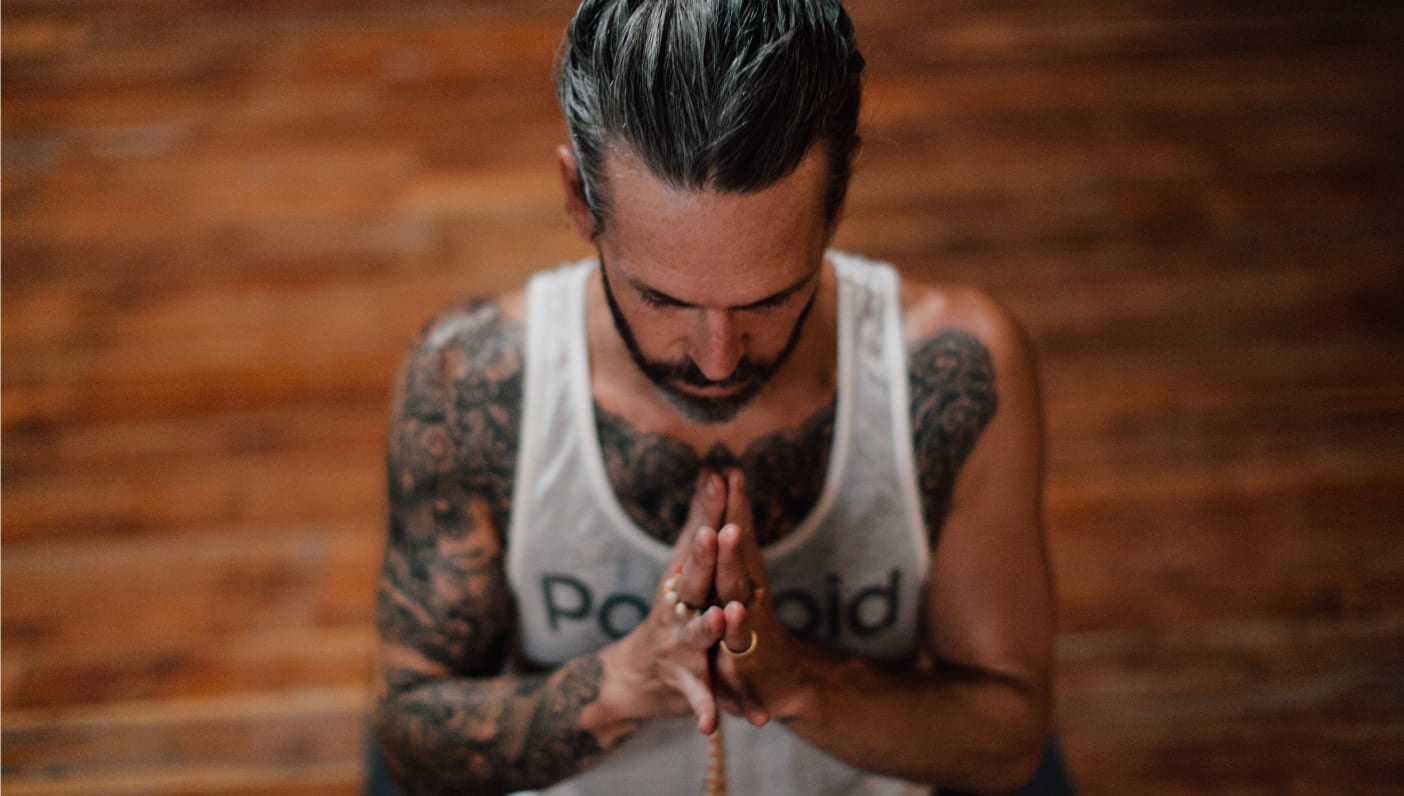
Peak performance is the ability to perform at or beyond the maximum of our known abilities. The state of being flooded with confidence, totally focused on the tasks at hand, with a sense of effortlessness becomes habit with practice. We learn to enter and work and live from a state of flow, wherein clarity, ease, knowledge, and intuition all coalesce in a warm relaxed feeling of well-being. We can actually carve the neural pathways in the brain for operating like this in every domain of life.
Meditation helps us to break habitual ways of thinking, feeling, and acting. It broadens our perspective to see ourselves in action, nimbly pivoting toward maximum effectiveness without strain. We may feel as if our lives have been widened. We may feel time slowing down just enough to witness our inner selves, to make better choices that align inner freedom and outer flow. Our reflexes become sharper, our senses are heightened, and we’re amused and unaffected by what used to irritate and provoke us.
It’s Not About Stopping Thinking
Over the years, there’s a meditation myth that keeps people from discovering the exponential awakening and contentment that the practice can unlock: You don’t have to stop your thoughts to meditate. Meditation is learning to recognize and live in the part of the mind that is already quiet. Thoughts are by-products of the nervous system. By actively relaxing key muscles in the body, the nervous system shifts out of the sympathetic (fight-or-flight responses), and the parasympathetic nervous system comes online (resting, digesting, sexual arousal). This is where we begin experiencing flow states, where we can reach our best responses, key actions, and helpful insights.
Meditation is contagious. Learning and practicing with people who already have a thriving and deep meditation practice will naturally ignite our own awareness of the inner meditative space. Meditation is a bit like a radio station that plays 24/7 whether we’re tuned into it or not. Practicing meditation as essentially learning to focus attention on this profound inner world that’s always been here, but that’s mostly gone unnoticed.
How To Do It
With your imagination, deeply soften the soles of your feet; like you’re opening fists. Next, soften the palms of your hands in the same way. Let the inside and outside corners of your eyes melt and soften. Soften the entire area inside and around your ears. Let your tongue come to rest in the floor of your mouth and soften it from its tip to its beginning near the throat. Soften your entire pelvic floor/groin region. Continue softening all six points, while gently inhaling down your spine and exhaling up your spine.
Notice how you feel.
Every time we practice this recipe for relaxation, we’re carving those new neural pathways in the brain. We’re actively training the brain to operate more powerfully and longer in flow states where peak performance, relaxation, and conservation of life-force are natural outcomes. Through this, we cultivate the game-winning habit of relaxed intensity.
—

Playfully referring to himself as a “meditation whisperer,” Scott Schwenk‘s classes are a blend of stillness, unexpected expansion, laughter, discovery and potent actionable insights for a awakening inner journey and a thriving outer life. Always a hybrid of laser-like practicality and the cutting-edge visionary insight, Scott has been meditating, studying, and working with catalyzing the inner expansion and leadership development of individuals, relationships, and larger groups for over 25 years. Along the way, Scott’s entire life has been graced by gifted and venerated mentors, teachers and guides, and a life dedicated to deepening practice.